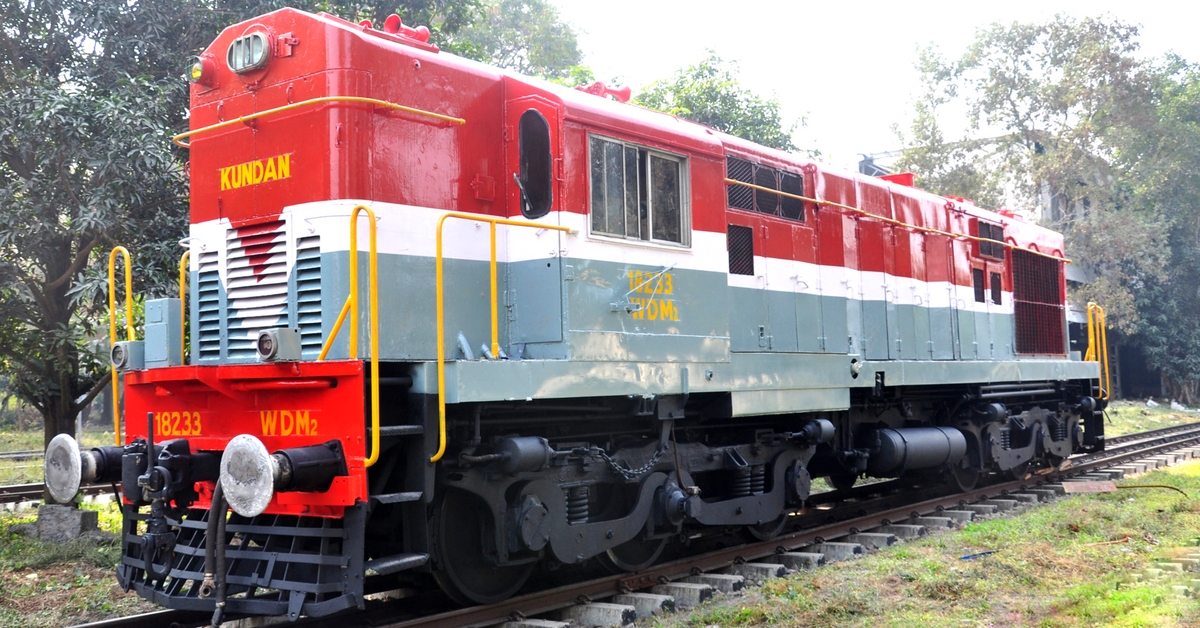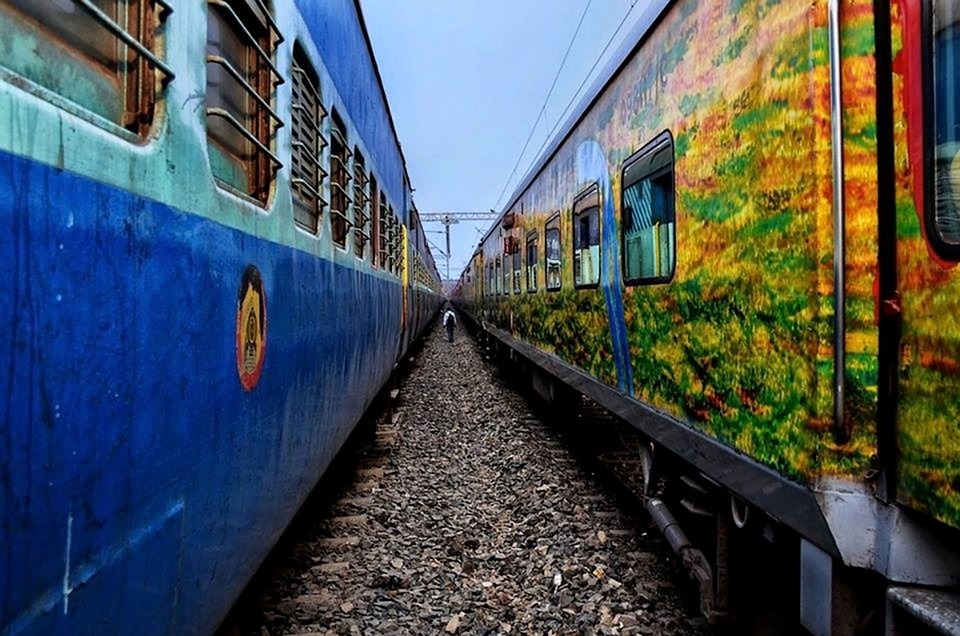Railways Scripts History, Uses Indigenous Tech to Convert Loco From Diesel to Electric!
This project was implemented on a railway engine which was due for its mid-life rehabilitation. Traction motors, bogies and chassis were retained from the older diesel version.

For the first time in history, the Indian Railways has successfully converted a diesel locomotive to electric traction! The ‘Make In India’ engine was converted by Diesel Locomotive Works (DLW) and promises to be greener and more efficient than its former diesel-based self.
A team made up of engineers from the departments of DLW, BHEL (Bharat Heavy Electricals), CLW (Chittaranjan Locomotive Works) and RDSO (Research Designs and Standards Organisation) worked under the leadership of DLW general manager Rashmi Goel. Rashmi incidentally is the first woman General Manager of DLW (Diesel Locomotive Works).
Works on this historic project began on December 22, 2017, and this iconic engine was dispatched on February 28, 2018.
The dispatched engine is a prototype which will pave the way for further tests and more such engines.

Electric locos are much greener than diesel locomotives. They will cut down the use of fossil fuels by a drastic difference. What’s more, the power of this converted engine has 92% increase from the diesel engine. While the older version delivered 2600 HP, the new one promises to deliver 5000 HP.
A senior railway official told the Financial Express, “The older diesel locomotive had 3,200 HP, but on track, it was 2600 HP. In case of electric, there is no loss of HP and two engines are required, so two 5000 HP locos are being coupled to yield a 10,000 HP.”
This project was implemented on a railway engine which was due for its mid-life rehabilitation. Traction motors, bogies and chassis were retained from the older diesel version.

A roof and sidewalls of a decommissioned WAM4-class electric locomotive were used. While DLW was responsible for the drawings about the modification of the locomotive, RSDO prepared the equipment layout and worked on the power drive as well. BHEL supported RSDO with the power drive.
You may also like: Mumbai-Ahmedabad Shatabdi Will Soon Have All-Women Ticket Checking Crew
The challenge that the team faced during this project was because electric locomotives need dual cables for the power supply while diesel locos need a single cable. The team thus had to alter control wiring for about 9 kilometres for the changed loco engine.
The success of this project means more diesel engines will be converted to electric tractions, thus reducing the demand for fossil fuels for mass transportation. An increase in the power efficiency also comes as great news since it means faster travel for longer distances using a relatively less power supply.
Edited by Gayatri Mishra
Featured image for representational purpose only. Courtesy: The Better India.
Like this story? Or have something to share?
Write to us: [email protected]
Connect with us on Facebook and Twitter.
NEW: Click here to get positive news on WhatsApp!
If you found our stories insightful, informative, or even just enjoyable, we invite you to consider making a voluntary payment to support the work we do at The Better India. Your contribution helps us continue producing quality content that educates, inspires, and drives positive change.
Choose one of the payment options below for your contribution-
By paying for the stories you value, you directly contribute to sustaining our efforts focused on making a difference in the world. Together, let’s ensure that impactful stories continue to be told and shared, enriching lives and communities alike.
Thank you for your support. Here are some frequently asked questions you might find helpful to know why you are contributing?


This story made me
-
97
-
121
-
89
-
167











